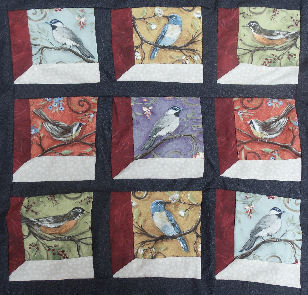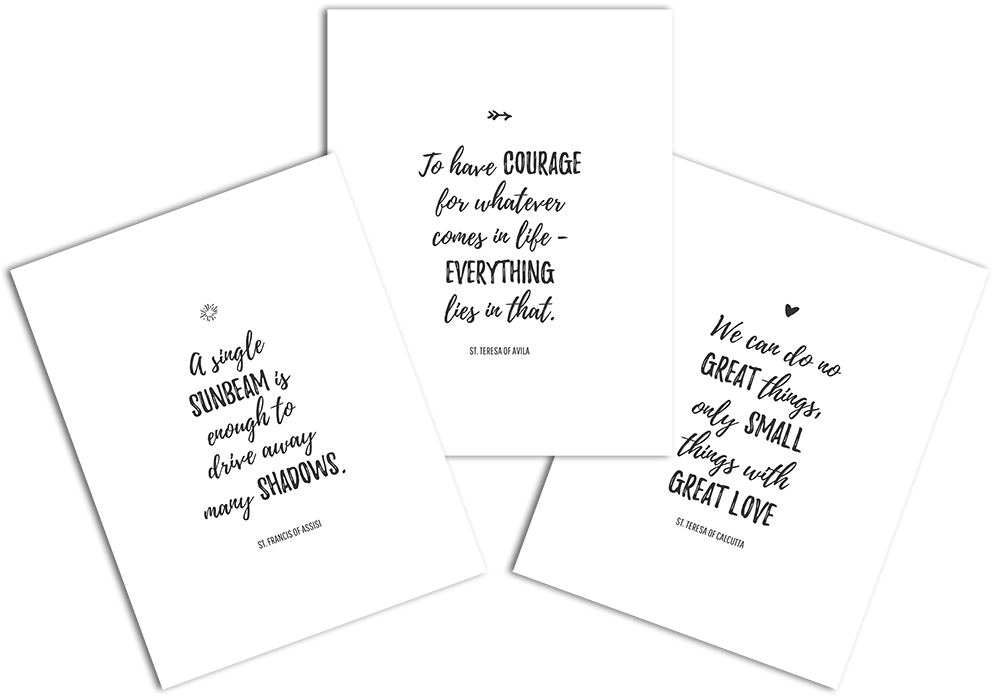The following is a guest post by Teresa Trent. Teresa’s son, Andrew, has Down syndrome and is also on the autism spectrum. Teresa is the author of A Dash of Murder, a mystery that takes place in Texas during a paranormal investigation which is currently available for Kindle on Amazon.com
and includes a character with Down syndrome. You can contact Teresa through her blog.
Seeing Life Through an Attic Window
In a calm moment, I watch my son as he sits in a chair and looks out the window. He does not speak, but his eye catches something outside and he smiles. His blue eyes crinkle and he emits a high-pitched sound. It is one of his happy sounds. Later, after I finish the task I’m working on, we’ll go out to the patio, sit on the swing, read books and eat large amounts of Fritos. Life is good.
My son, Andrew, is eighteen years old. He has a dual diagnosis of Down Syndrome and PDD (pervasive developmental disorder – an autism spectrum disorder). We didn’t know about the autism until almost three years ago. As he was growing up, we always wondered why our son didn’t hit the developmental milestones that other children with Down Syndrome did. We worried about our consistency in parenting, whether we were keeping up with the latest research, or maybe we could blame the public school? Who knew?
My son didn’t sleep at night, ever. He never acquired language, potty training was a nightmare, and even communicating on a minimal level was arduous. We were told by the school system he was a low-functioning person and would always be that way. I was told to learn to live with it.
We kept looking and reading and finally started reading the posts of a group of parents on Yahoo Groups who had children with a Down syndrome/autism diagnosis. For the first time, we read about children who had similar characteristics to our son. With more research, we found ABA therapy and gluten free diets. Although he is still nonverbal, he understands more than ever, and his sleeping habits have improved.
Many years ago I became fascinated with quilt patterns. I loved the triangles, rectangles and squares that turned into stars, log cabins, and flying geese. One of my favorites is a pattern called the “attic window.” It looks like a window with many small panes, achieved by alternating dark and light rectangles. To give you an example, I have posted a picture of an attic window quilt I have been working on for my home.

The first “attic window quilt” I had the pleasure of viewing had varied patterns of orange in the background as if the sun was setting outside of the window. It was breathtaking. I realized that the image of the quilt is so much like parenting a child with a disability. There are light parts and dark parts. I can look for the sunshine spilling in through the window panes or reflect on the shadows. I can choose to look at the dark side and let the negativity get me down or I can choose to look at the light part and cherish what my child does every day, no matter how small.
This is not always an easy task, and on some of those sleepless nights I’m pretty sure I know which side I was focusing on. But, on days like today, with the sun shining as we slowly rock back and forth on the swing, it is so easy to be thankful for all the joy he brings to our family. With his ever present smile and tremendous hugs, Andrew is the person who helps me look past the dark and see the light shining through.
